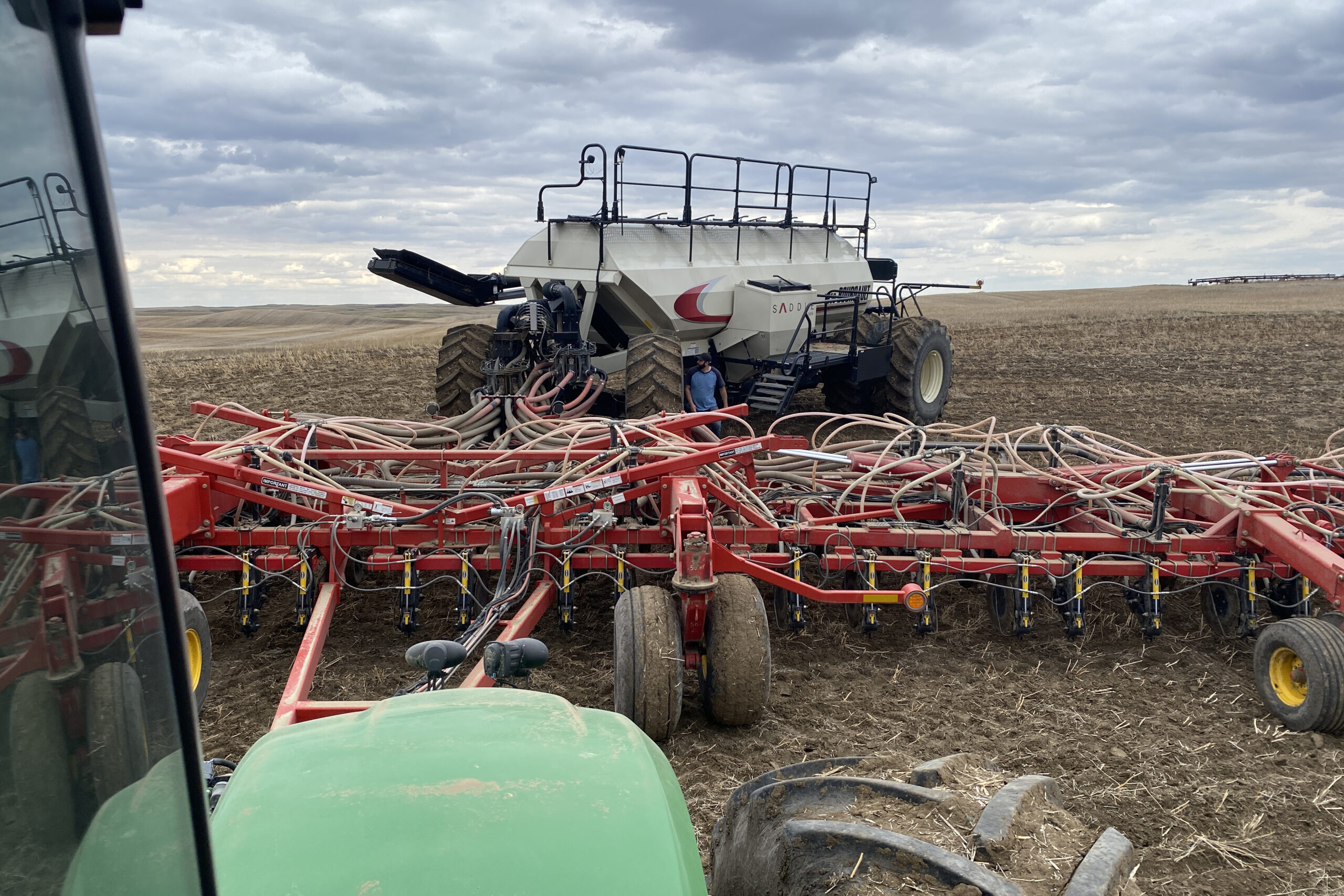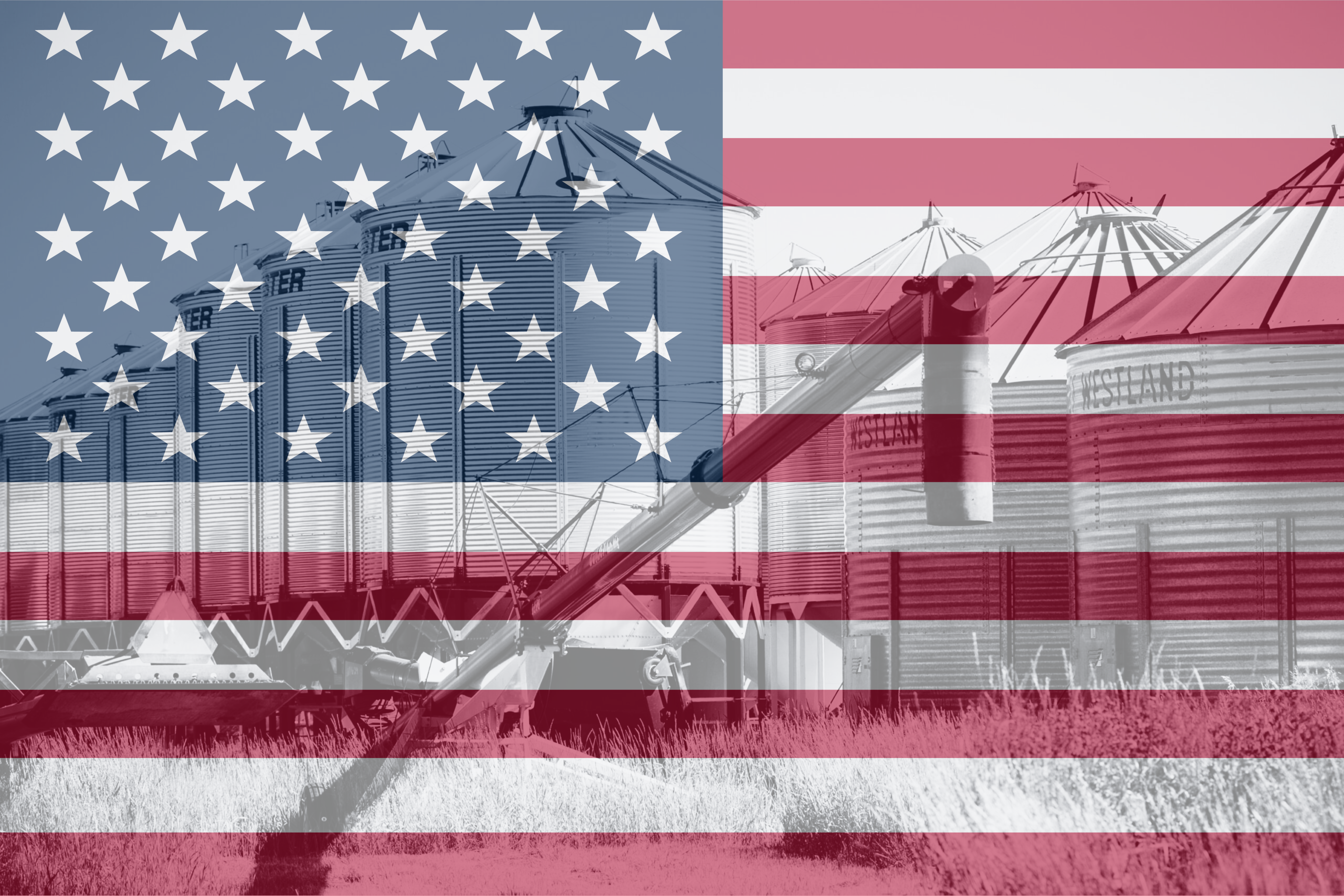By Peter Semmler, Australian Global Brokerage
June 2022
As alluded to in the last report, the 2021/22 harvest ended up as one of the largest on record.
Consequently, there has been enormous pressure on the storage and handling system to receive and store this record harvest and begin the task of exporting same. All the bulk shipping slots are booked out around the country until late 2023. Exorbitant freight rates and ongoing severe shortage of containers and shipping space have driven a rapid changeover in shipping pulses from containers to bulk shipments.
Weather conditions have varied between the states. In West Australia, the season has started well in terms of rainfall and moisture. Area planted to pulses is expected to increase as a function of good prices and to some extent, the increased costs of fertilizer, especially urea.
In South Australia, the season is off to a late start due to lack of rain. Farmers have been dry seeding to get the crop in and we estimate around 80% complete. Summer rains have provided a good subsoil moisture profile in many areas and with rain forecast next week growers and agronomists are confident that the start will be good. Pulse area is also expected to increase.
In Victoria, there has been a copy book start to the season. Comments like “it doesn’t get any better than this” or “best start in 30 years” were common. Victoria has had excellent preseason rainfall over most of the state and the drier areas like the western districts are not concerned as they are normally later. Again, the area planted to pulses is expected to increase.
New South Wales (NSW) has had a wet start to the season with some terrible floods earlier in the year. Planting has progressed well and is estimated at around 70–80% complete. Inability to access wet ground is one factor slowing the completion. Pulse area is expected to increase as well.
Queensland has suffered the most from abnormal summer and autumn rains delaying harvesting of mung beans, cotton, and sorghum, and the possibility of quality issues. Additionally, forecasting areas planted is somewhat problematic due to the large area still too wet to plant. Interestingly, the La Niña event is forecast to run for a third season which would suggest above average rains for winter and spring in Queensland and Northern NSW.
Seeding can extend until late July with minimal yield penalty, but there may be a switch from chickpeas to barley at the end of this period.
On the marketing front, lentils remain the star performer both in terms of exports and prices. To the end of March this year, 454,000 tonnes of lentils had been exported with more bulk shipments in April and around 70,000 tonnes of bulk lentils for May shipment. Based on our discussions with traders and agronomists, an increase of around 10% in planted area is expected. The last trade of bulk lentils was around $905 USD cost and freight (CFR) Karachi.
Exports of faba beans are also progressing well with exports for the first six months of the current shipping year already around 70% of last year. Egypt remains the number one destination, accounting for 87% of this total. Exports to other destinations have suffered due to the high freight rates. Bulk shipments are preferred into Egypt as discharge costs are $20 USD cheaper than containers. Again, we expect a small increase in area planted to faba beans of 5–10%.
Field Peas
Exports have been brisk, with shipments for the first six months on this shipping year within 6% on the total shipped last year. China was the number one destination taking just over 72% of the total. Demand has meant pea prices are now higher that faba beans with an increase in area and seed sales predicted. Due to softer renminbi (RMB) and the impact of the COVID-19 lockdown, destination China pea prices have softened with the last bid we saw was around $530 USD CFR Qingdao June shipment.
Desi Chickpeas
Chickpeas are the one pulse that seems to be in decline. Exports pro rate are well down on last year and there is a lot of last year’s crop still stored by growers and weather damage is an issue. Traditional markets like Bangladesh and Pakistan have been supportive but both countries are economically fragile. There has been a lot of media coverage on the new trade deal between Australia and India. Sadly, there was nothing in the agreement that was supportive of desi chickpea exports which is predictable as the most recent rabi season delivered another big crop of chickpeas.
Also, the weather in the major growing areas will impact on the area that can finally be planted.
Peter Semmler is the Principal of Australian Global Brokerage. He can be reached at peter@agrisemm.com.
June 2022 Australia Pulse Market Update
| Estimated planted area, June 2022 (hectares) | Desi Chickpeas | Faba Beans | Dun Field Peas | Red & Green Lentils |
| New South Wales | 180,000 | 70,000 | 50,000 | 10,000 |
| Victoria | 37,000 | 100,000 | 90,000 | 175,000 |
| Queensland | 285,000 | 12,000 | ||
| South Australia | 11,000 | 90,000 | 90,000 | 130,000 |
| Western Australia | 8,000 | 8,000 | 10,000 | 20,000 |
| Agrisemm Total Area Estimate (hectares), June 2022 | 521,000 | 280,000 | 240,000 | 335,000 |
| Agrisemm Estimated Production (tonnes), June 2022 | 677,300 | 588,000 | 312,000 | 770,500 |
| Agrisemm Estimated Production (tonnes), November 2021 | 950,000 | 800,000 | 315,000 | 900,000 |
| Export Data (tonnes) | ||||
| October 2016 to September 2017 | 2,269,864 | 414,692 | 253,035 | 858,954 |
| October 2017 to September 2018 | 821,235 | 295,263 | 130,464 | 507,958 |
| October 2018 to September 2019 | 334,296 | 283,125 | 79,415 | 361,072 |
| October 2019 to September 2020 | 357,904 | 325,352 | 52,488 | 697,960 |
| October 2020 to September 2021 | 876,155 | 568,606 | 120,309 | 864,403 |
| October 2021 to March 2022 | 374,365 | 394,348 | 113,280 | 453,670 |
Source: Bureau of Statistics, Pulse Australia
Note: At the time of writing neither Pulse Australia (PA) or Australian Bureau of Agricultural and Resource Economics and Sciences (ABARES) had published their winter crop forecasts. Reports from both organisations will be published in June. PA team members have provided valuable input for this report.


